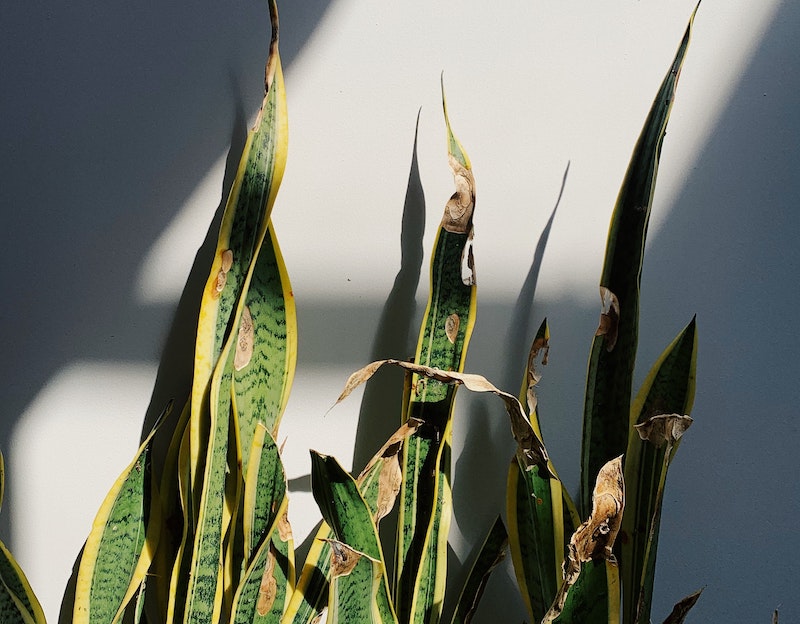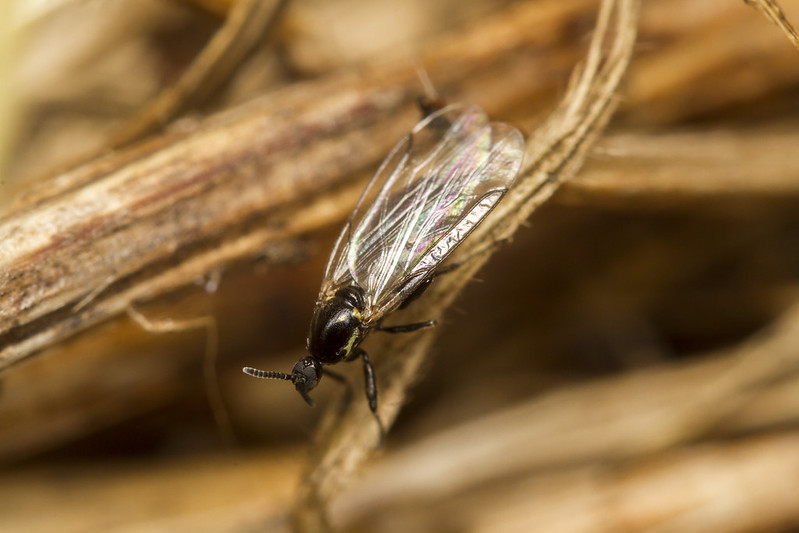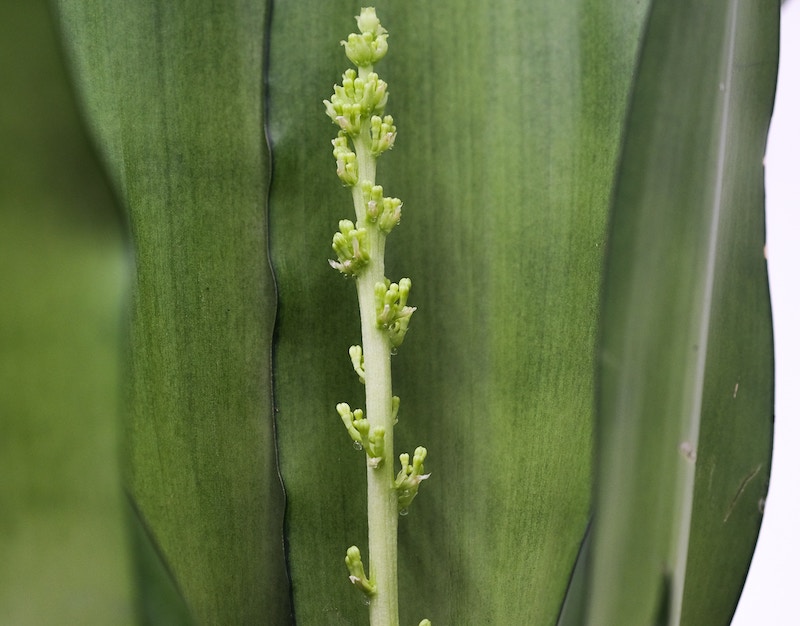Snake Plant Is Dying
Snake Plants are easy-to-care-for, low-maintenance houseplants. Snake Plants can survive in a wide range of light conditions but prefer bright indirect light. Snake Plants have low water needs and like to be watered only when the soil is completely dry. They also have low fertilizer needs and prefer a low fertility, soilless potting medium. Snake Plants are slow growers and only need to be repotted every three to four years.

While Snake Plants are relatively easy to care for, they are not immune to growing difficulties, diseases and pests. A Snake Plant that is not given optimal growing conditions will begin to show signs of distress. Wilted or flopping foliage, yellowing leaves, and slow or stunted growth are all signs that something is not right with your Snake Plant. Strange residues, marks, or the discovery of eggs or larvae on your Snake Plant are signs of a potential pest infestation. If you see any of these signs, take action to control a pest infestation or disease, and change the growing conditions to provide a more optimal environment for your Snake Plant.
Snake Plant Leaves Turning Yellow
There are several reasons why your Snake Plant’s leaves may be turning yellow. The most common reason for yellowing leaves is overwatering. Overwatering can promote root rot. If you believe your Snake Plant has been overwatered, let the soil dry out completely or remove the plant from the soil altogether and repot in a soilless potting medium. Another reason your Snake Plant’s leaves may be turning yellow is too much light, as direct sun can burn its foliage. Over-fertilizing is another common reason why Snake Plant’s leaves turn yellow. If you have over-fertilized your Snake Plant, either remove granular fertilizer if possible or water the plant thoroughly to dilute liquid fertilizer. You may also want to repot the plant into a low-fertility, soilless potting medium.
Snake Plant Pests
Snake Plants are susceptible to many common houseplant pests. One of the most common pests is aphids, which can damage Snake Plants and quickly become an infestation. Remove the pests from the leaves with your hands or with an insecticidal soap; be diligent and persistent and continue to monitor the plant for any signs of aphids.
Another common pest that can harm Snake Plants is fungus gnats. Fungus gnats are a soil-borne pest whose larvae can feed on the roots of the plant. Fungus gnats often appear when the soil is too moist. To prevent them, allow the soil to dry completely before watering. Fungus gnats can be treated with sticky tape traps or managed by discarding infested soil and repotting the plant. Spider mites, mealy bugs, and thrips are also common pests. The best defense against pests is prevention with regular scouting for signs of pests including sticky residues, egg deposits, and distressed foliage.

Photo by Nikk, Flickr, Copyright CC BY 2.0
Snake Plant Diseases
Snake Plants are susceptible to different fungal, and viral diseases like many other houseplants. The most common fungal disease is root rot. Snake Plants are sensitive to overwatering and can develop root rot when the roots are exposed to too much moisture. Southern Blight is another fungal disease that can harm Snake Plants. Southern Blight appears as tiny black dots on the foliage and can expand into larger brown or gray patches. To treat Southern Blight, trim off the damaged foliage and change out the plant’s soil. Powdery Mildew is another common fungal disease that can impact Snake Plants. Powdery Mildew appears as fuzzy white dots that can spread on the foliage and can spread to other plants. Removing damaged foliage, cleaning the remaining foliage, and providing the plant with more light will help the plant recover.
Snake Plant Not Blooming
Not all varieties of Snake Plants flower, and those that do will only bloom occasionally. Those varieties that do flower will only do so once a year at most, in the springtime. Snake Plants need adequate light in order to bloom. Snake Plants can survive in low light conditions but are less likely to flower. Snake Plants will not bloom if overwatered, so make sure to water only when the soil dries out, and keep the plant on the drier side to trigger blooming. Snake Plants like to be in warm environments, and cold temperatures and drafts will deter blooming. Lastly, the age of your Snake Plant can also determine the likelihood of flowers. The older, more mature the plant, the higher the chances of it developing flowers.

 |
Author Katie Endicott - Published 5-23-2023 |
